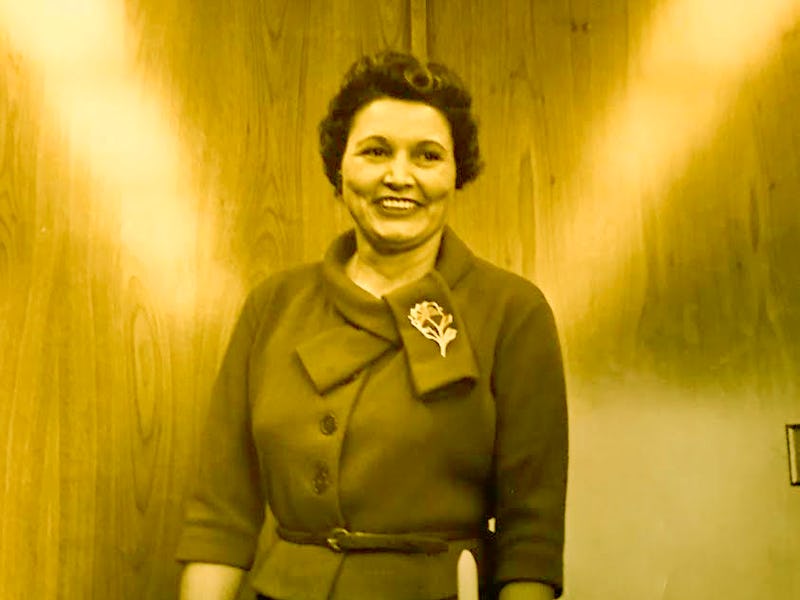
Google celebrated the life of Mary G. Ross on Thursday, with a commemorative doodle on what would have been the pioneer aerospace scientist’s 110th birthday. Ross, a Native American female engineer, helped develop some of the first concepts for flyby missions past Venus and Mars, paving the way for humans to explore the stars and visit other planets. Ross proudly described some of her most important moments this way: “I was the pencil pusher, doing a lot of research. My state of the art tools were a slide rule and a Frieden computer.”
The great-great granddaughter of the Cherokee Nation’s Chief John Ross, she was born by the Ozark Mountains and graduated from Northeastern State teachers’ college at 18 before teaching in Oklahoma for nine years. The University of Northern Colorado was her next stop, where she earned a masters’ degree before joining Lockheed after World War II began. Her work on the effects on the P-28 fighter plane as it approached the sound barrier. In 1953, Lockheed trained Ross as the only woman out of 40 engineers in its “Skunk Works,” a top-secret project to explore what the San Jose Mercury described as “preliminary design concepts for interplanetary space travel, manned and unmanned earth-orbiting flights, the earliest studies of orbiting satellites for both defense and civilian purposes.”
Mary G. Ross Google Doodle.
See more: SpaceX: Elon Musk Reveals Why Humanity Needs to Expand Beyond Earth
Her work led to a number of breakthroughs: She worked on operational requirements for the Agena rocket, work that paved the way for NASA’s Apollo program. Ross described her time in the project as tough: “Often at night there were four of us working until 11 p.m.”
She also helped write the agency’s third planetary flight handbook that explained space travel, developing concepts for trips to Mars and Venus. The handbook covers scheduling flights from 1960 to 2006 by looking at planetary orbit data. Unfortunately, most of Ross’s work is classified. She told Laurel Sheppard in 2004 that her work on NASA projects “was a lot more fun since you could talk about it.”
While humans have yet to visit Mars and Venus, work is underway. SpaceX CEO Elon Musk announced at last September’s International Astronautical Congress that the company’s “BFR” will send an unmanned mission to Mars in 2022 and a manned mission two years later. Boeing CEO Dennis Muilenburg, on the other hand, has claimed “the first person to step foot on Mars will get there on a Boeing rocket.”
Ross died in 2008, just three months shy of her 100th birthday. Her legacy endures as humanity paves the next step in its exploration of space.